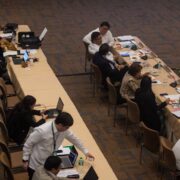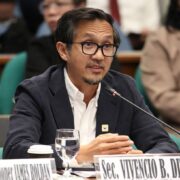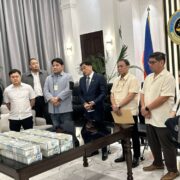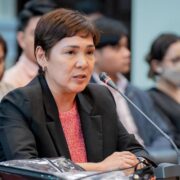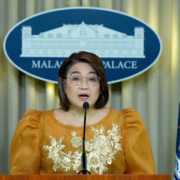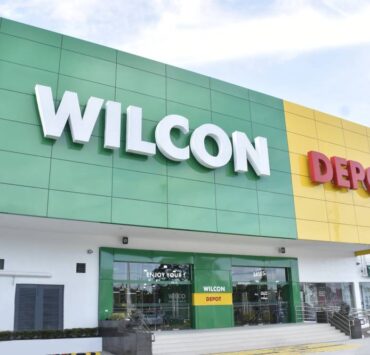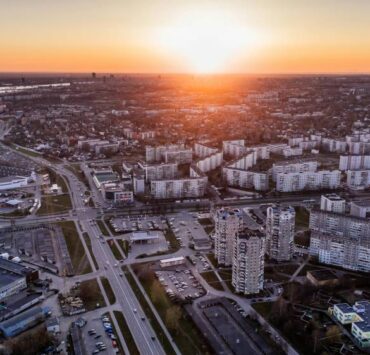The transformative power of mixed-use developments
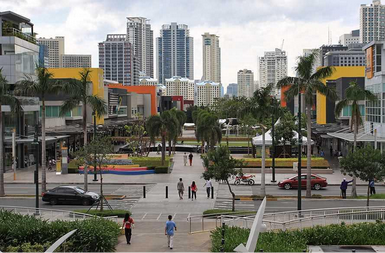
(First of two parts)
Urban centers across the Philippines are at a crossroads, grappling with the dual challenges of rapid growth and decline.
As urbanization continues to reshape our society–with over 50 percent of our population living in urban areas today, projected to increase to around 70 percent by 2050–the issue becomes increasingly apparent.
Population surges strain housing affordability and infrastructure, while economic transitions leave some areas underutilized and neglected. Mixed-use developments, which integrate residential, commercial, cultural, and green spaces into cohesive urban environments, offer an opportunity to revitalize cities, encourage inclusivity, and drive sustainable growth.
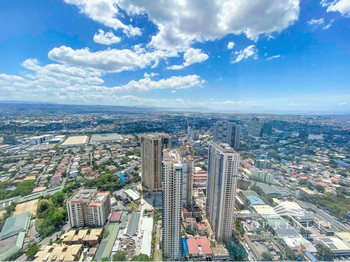
Multifaceted challenges
The challenges of rapid urbanization are multifaceted.
While some cities face overcrowding and soaring housing costs, others grapple with underutilized spaces due to economic transitions.
With some 70 million people already living in urban areas, housing has become a pressing issue. It is reported that the housing backlog in the Philippines is at 6.6 million units.
High land and construction costs, a decline in building activities for low-income households, and lack of appropriately located lands have strained the supply of affordable housing.
Meanwhile, the surge in short-term rentals and investment-driven property purchases has inflated prices, particularly in highly urbanized cities. This disproportionately affects low-income households and young professionals. While the housing crisis continues to worsen, government interventions are failing to reverse the trend.

Addressing housing crisis
With the forthcoming national elections next year, the country has a significant opportunity to address the housing crisis more effectively.
It is important to adopt a broader approach that considers demographic changes and ensures access to affordable, quality housing for all citizens. Long-term social investment is crucial to encourage public and private sectors to invest in people’s well-being and enhance the country’s competitiveness. Coordinated efforts among institutions are essential to align economic goals with the necessary investments in the housing sector.
Addressing the housing crisis requires a bold initiative that recognizes the urgent need to increase housing supply, stimulate economic growth, and broaden affordable options. Realizing this vision will require confronting legitimate concerns like land availability, infrastructure capacity, and resource limitations, which could hinder the feasibility of achieving these targets.
To navigate these challenges effectively, the government must align housing objectives with local capabilities and promote cooperation between national and local authorities. This collaboration is crucial for developing sustainable, inclusive communities through strategic urban development, ensuring that ambitious national targets translate into tangible benefits for all citizens.
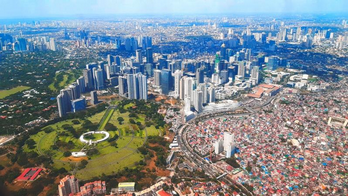
Viable solution
Mixed-use developments are a viable solution to contemporary urban challenges, particularly the housing crisis and the quest for sustainable urban development. By integrating residential, commercial, cultural, and green spaces into cohesive urban environments, mixed-use developments offer a pragmatic approach to optimizing land use and revitalizing cities.
(To be continued)
The author (nveinsiedel@gmail.com) is a Fellow and Past President of the Philippine Institute of Environmental Planners and Principal Urban Planner of CONCEP Inc.


